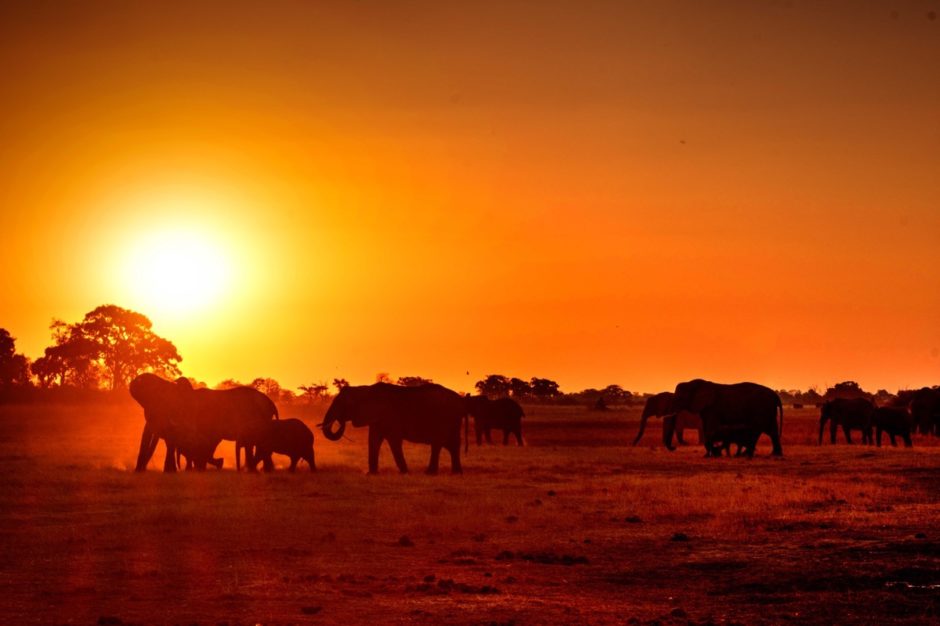So I asked Donald, our driver,”Donald, do you believe Nessie exists?”. Donald replied “Every time I have a bottle of malt whiskey in my hand, I believe.”
Donald Phillip was the taxi driver assigned to us by the tour operator, McKinlay Kidd. https://www.mckinlaykidd.com/ McKinlay Kidd arranged the tour for us, their Premier Round Scotland by Train Tour. The tour started in Glasgow and wound up in Edinburgh. Everything about the tour was first class, from working out dates with Carol on the phone, to the hotels, train accommodations and driver/tourguides. If you are inclined to visit Scotland, I can think of no better way to do it. Everything worked like clockwork, we loved our trip. They also offer tours in Ireland and England which I am sure are done equally well.
Donald picked us up at the train station and took us to our hotel, The Bunchrew House, a haunted hotel on the banks of the Beauly Firth.
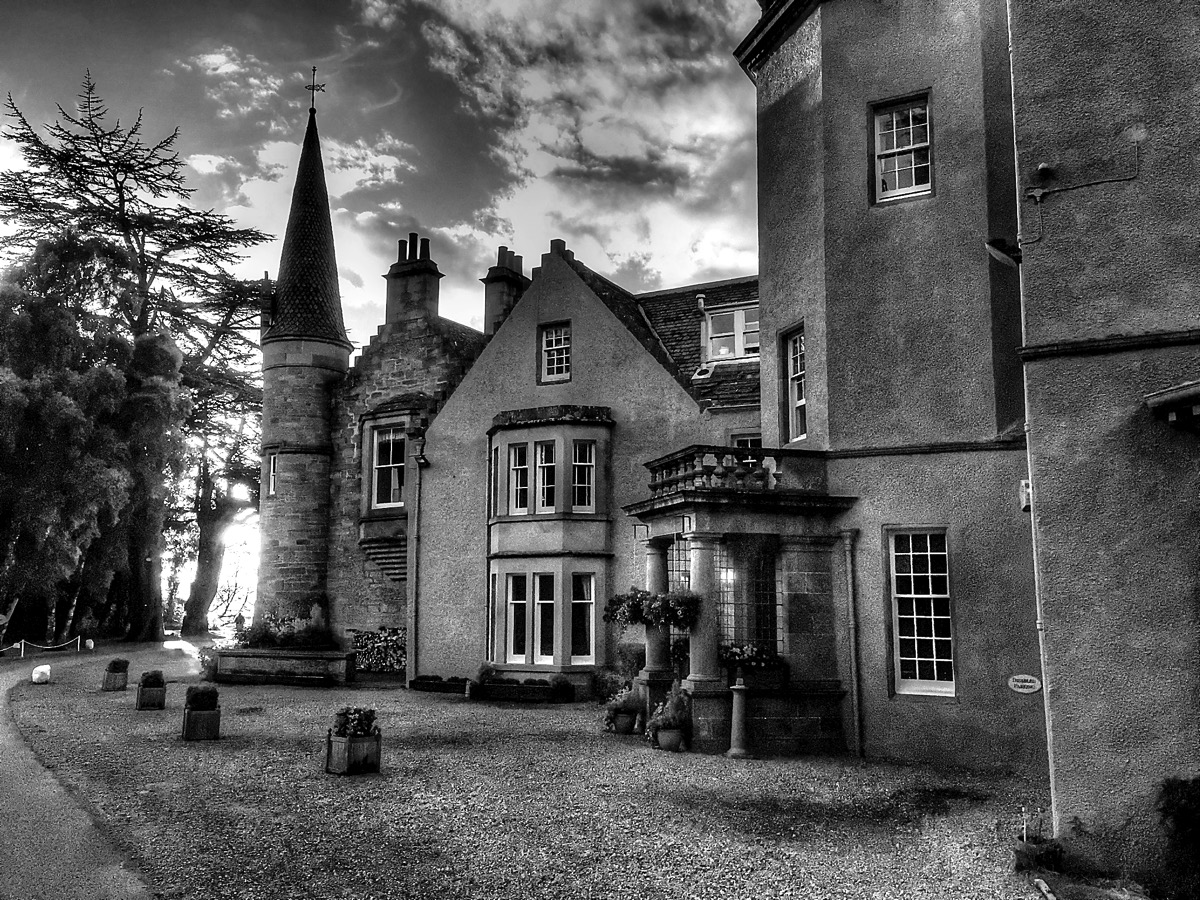
A couple shots of the Firth.
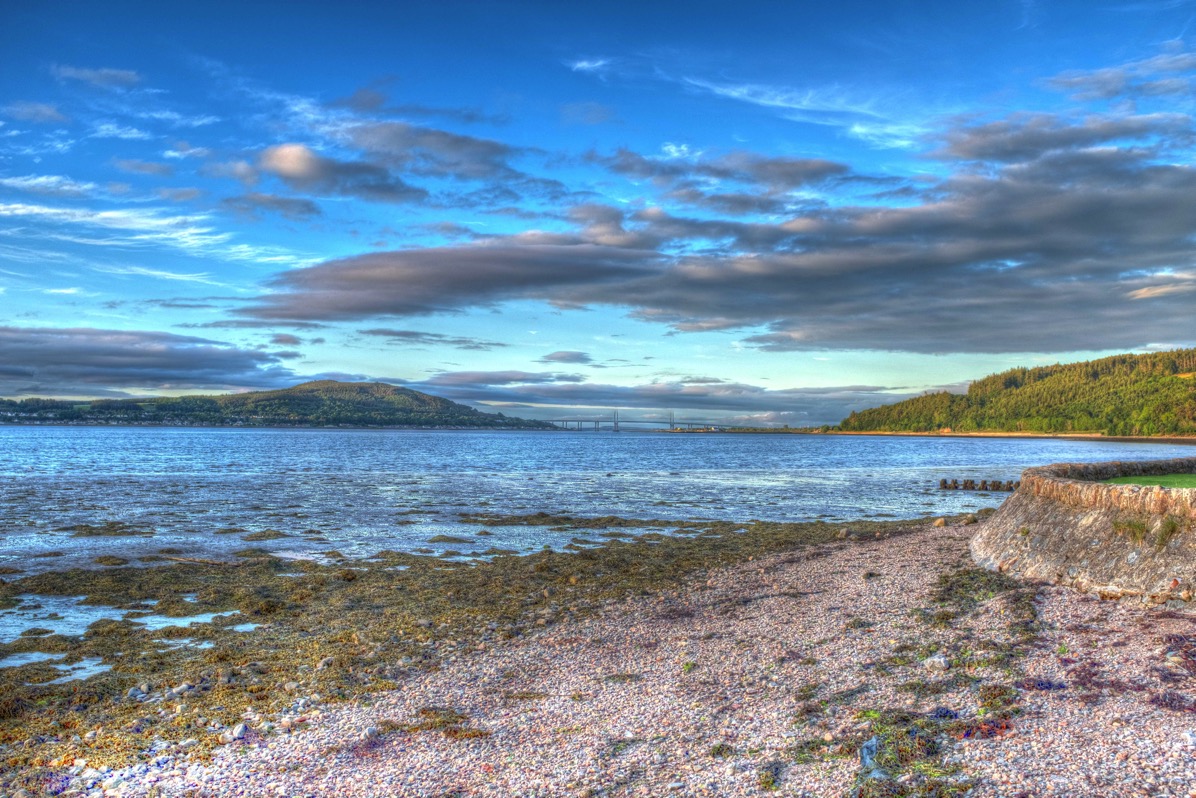
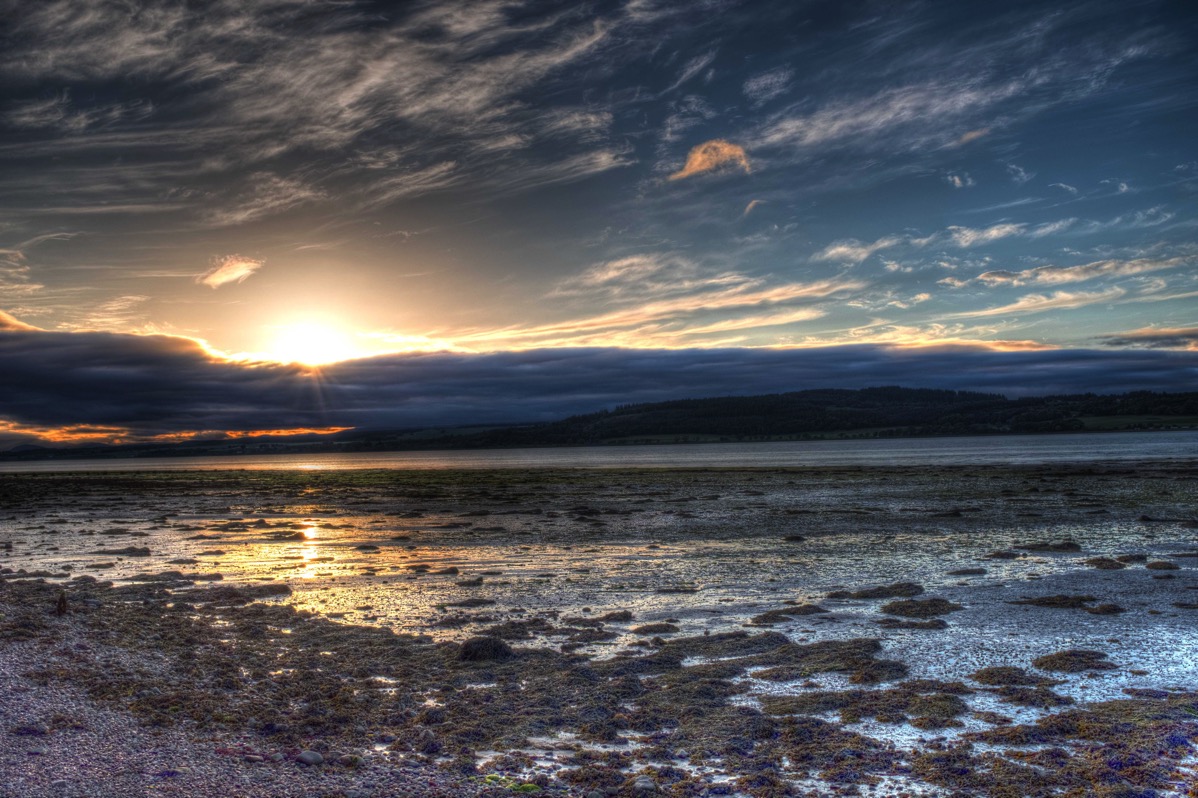
The next day started out with some blustery winds and rain. Donald took us to our planned boat trip on Loch Ness, a small cabin cruiser with maybe 6 other passengers on the ride.
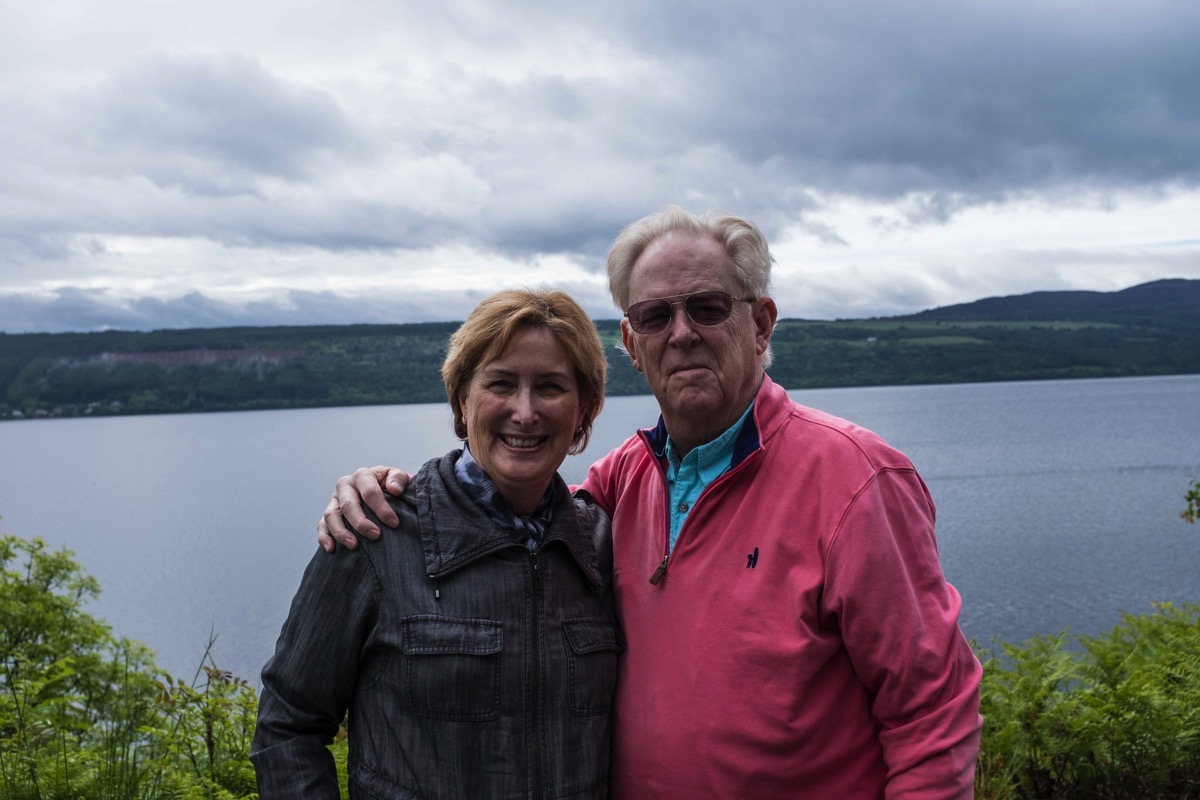
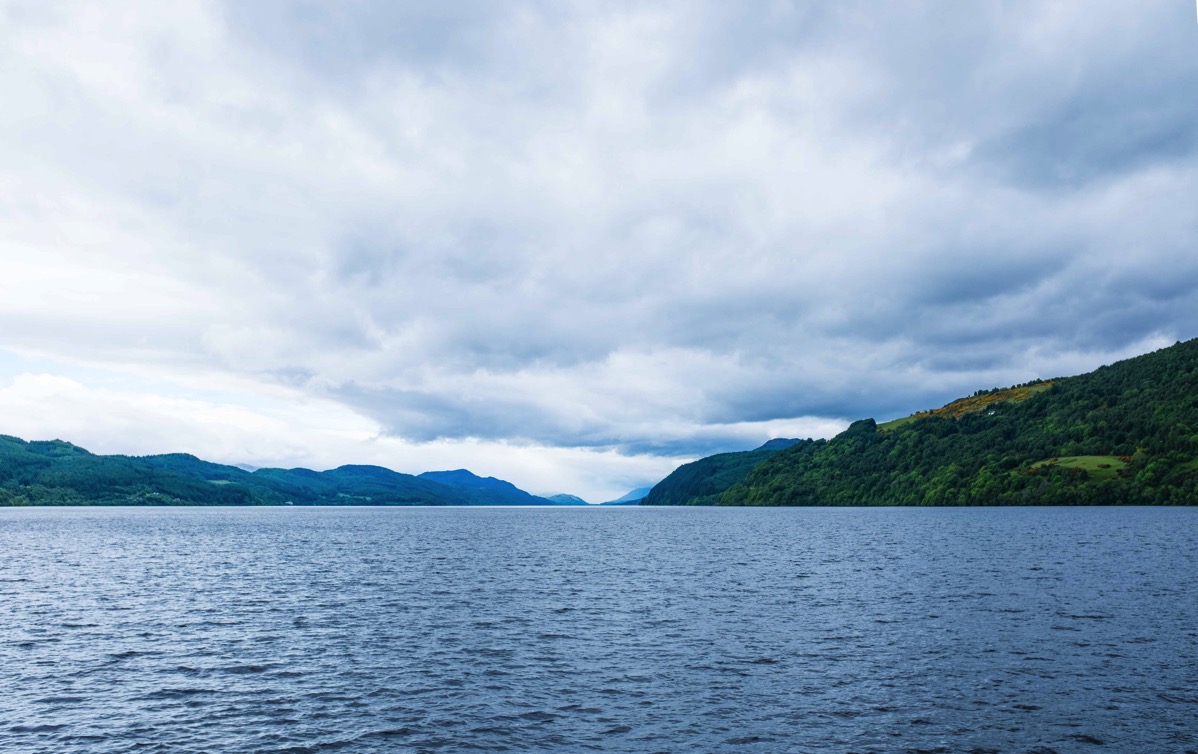
Cruising quietly down the Loch in the soft rain, suddenly in the distance I spied a strange looking head rising from the water, followed by an undulating body. It Was Nessie!! I quickly raised my camera to my face, and as luck would have it, I was out of film. By the time I got more film loaded, of course, Nessie disappeared. Lost opportunities. But, I believe. Nessie lives.
Seriously, speaking of cameras, I usually travel with one or two Fujifilm camera bodies and three or four lenses, wide angle, telephoto, etc. I decided on this trip to take only one camera, the Fujifilm X100f, a 24 megapixel camera with a fixed 23 mm lens. I couldn’t have been happier. There were only a very few occasions where I wished for a wide angle lens. If one can love an inanimate object, I love this little camera. In my not so humble opinion, the very best choice for street and most travel photography. Now, on with the trip.
Situated on a headland jutting out into Loch Ness is the Urquhart Castle. https://en.wikipedia.org/wiki/Urquhart_Castle Dating back to the 13th century or earlier, it is one of the largest castles in Scotland in terms of land area.
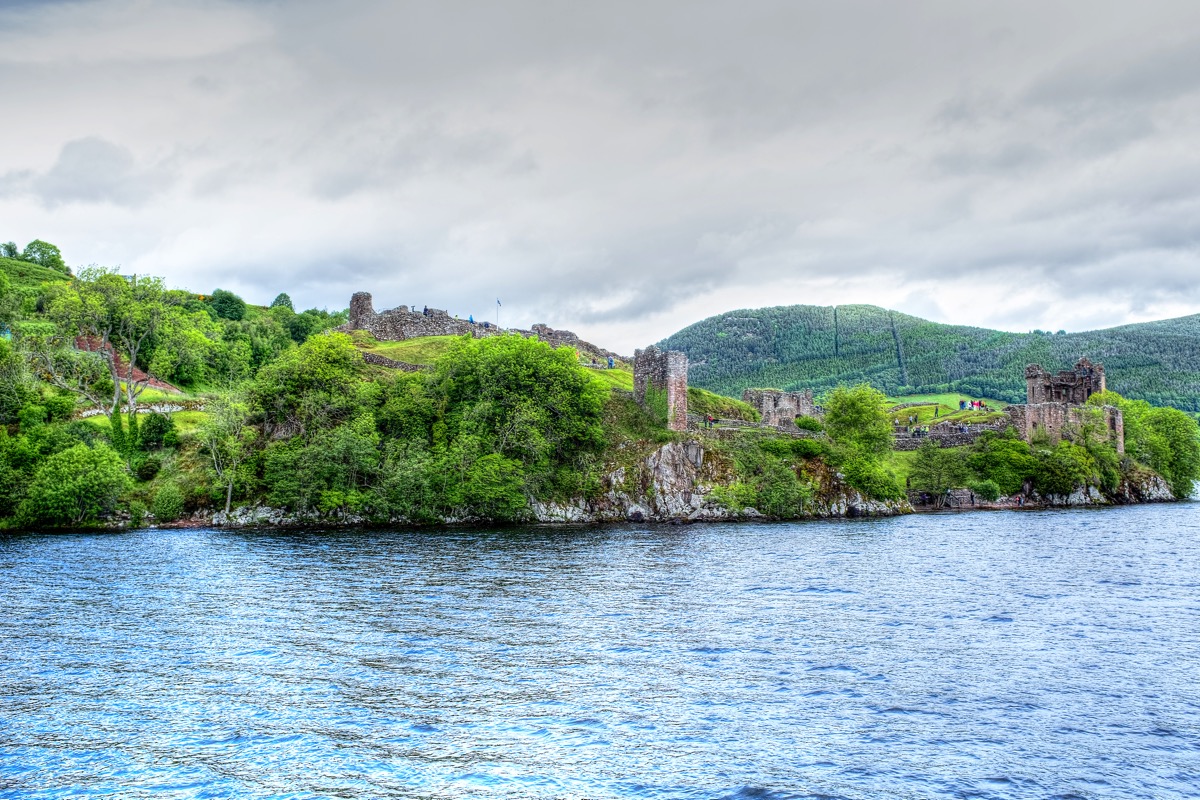
Leaving Loch Ness, we travelled across Inverness to the site of the last pitched battle on British soil, the Battle of Culloden. http://www.britishbattles.com/jacobite-rebellion/battle-of-culloden/ The visitor’s center at Culloden is very well done. http://www.nts.org.uk/Visit/Culloden The center has a wall with a brick protruding for each death at the battle, one section for the Clans and one for the British soldiers. The disparity is very clear in this depiction. The battlefield is almost a sacred place. If you are quiet, you can almost hear the battle cries of the Clans as they attacked and the moans of the wounded and dying. History has not been kind to Bonnie Prince Charlie for his conduct of the battle and rightly so. None can dispute the bravery of the clans however, and also the savagery of Lord Cumberland who ordered his troops to hunt down those fleeing from the battlefield and murder them. “Working at their leisure, they proceeded to slaughter every Jacobite they had until the following day and continued to kill in round-ups for weeks following.† http://www.scotclans.com/scotland/scottish-history/jacobite-scotland/1746-culloden/
Those killed one the battlefield were buried in mass graves by Clans, and a headstone placed marking the spot for each Clan’s mass burial. An estimated three hundred British were killed and two thousand Jacobites. The battle marked the end of the Jacobite movement https://www.britannica.com/topic/Jacobite-British-history, and the beginning of the end of the clan system in Scotland.

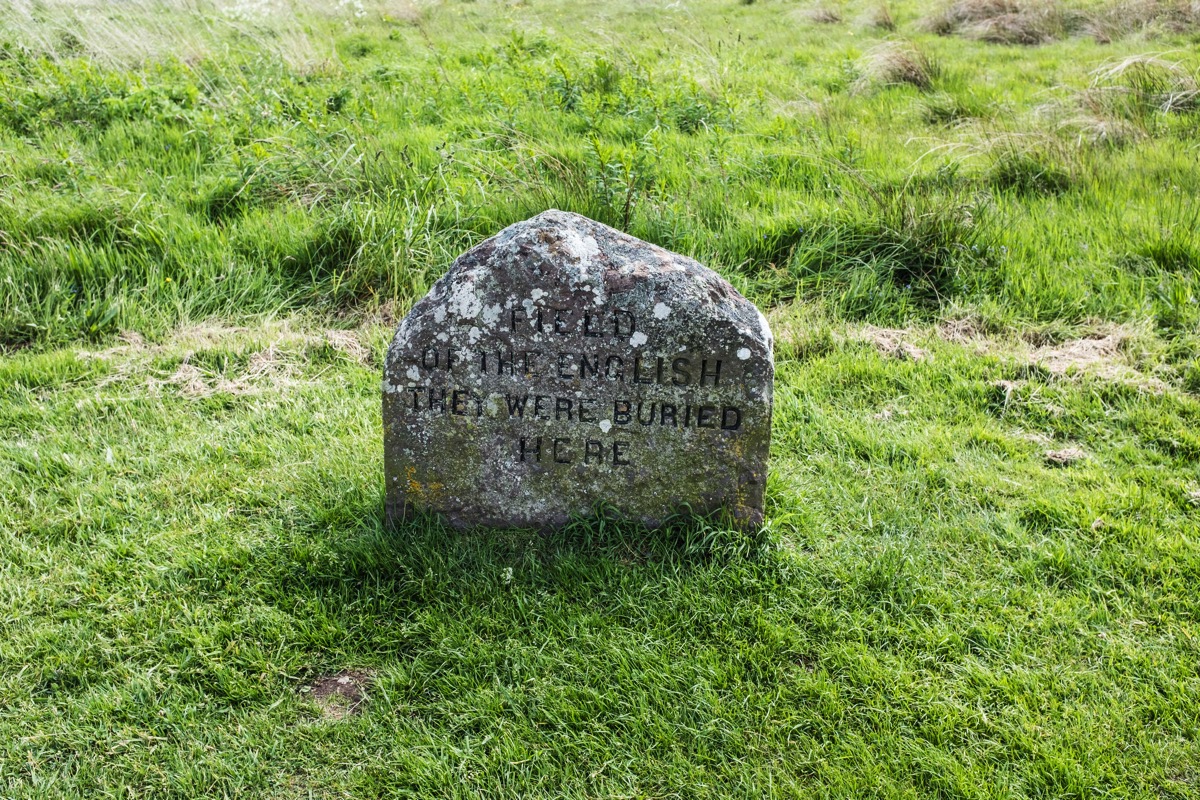
The battlefield is now a serene place with a monument in the center.
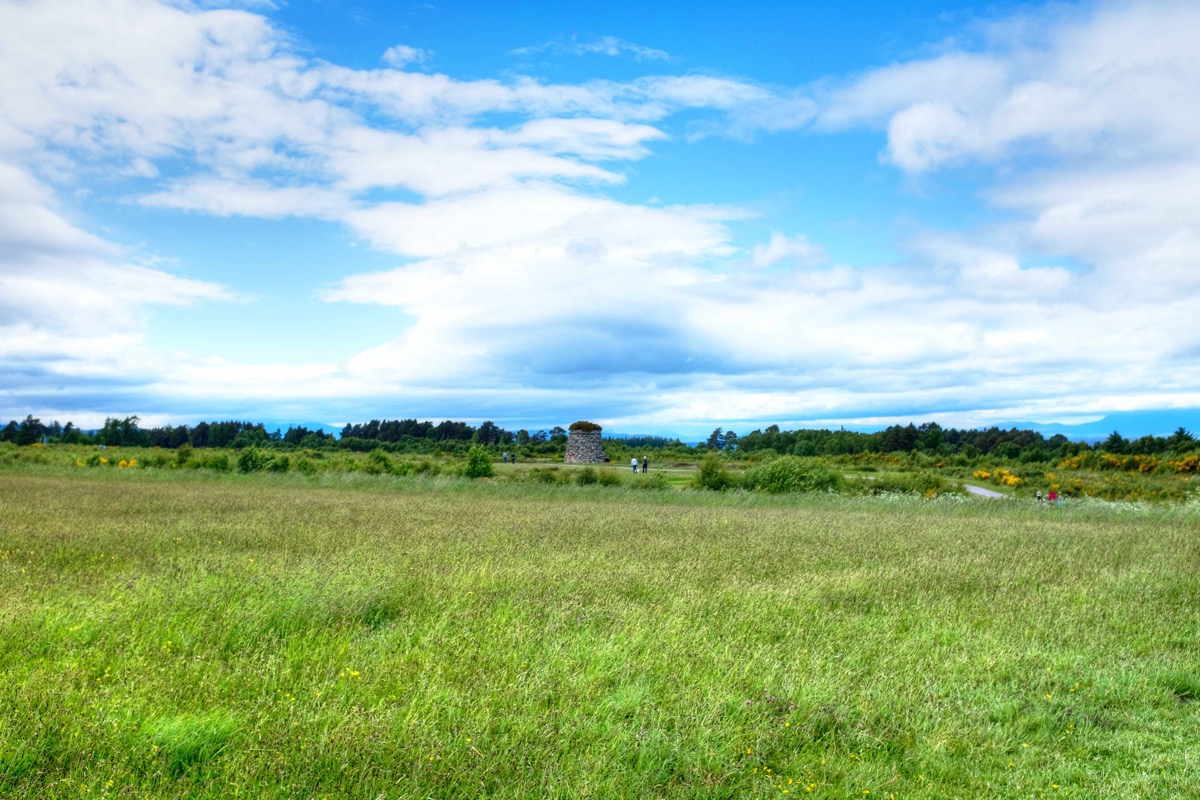
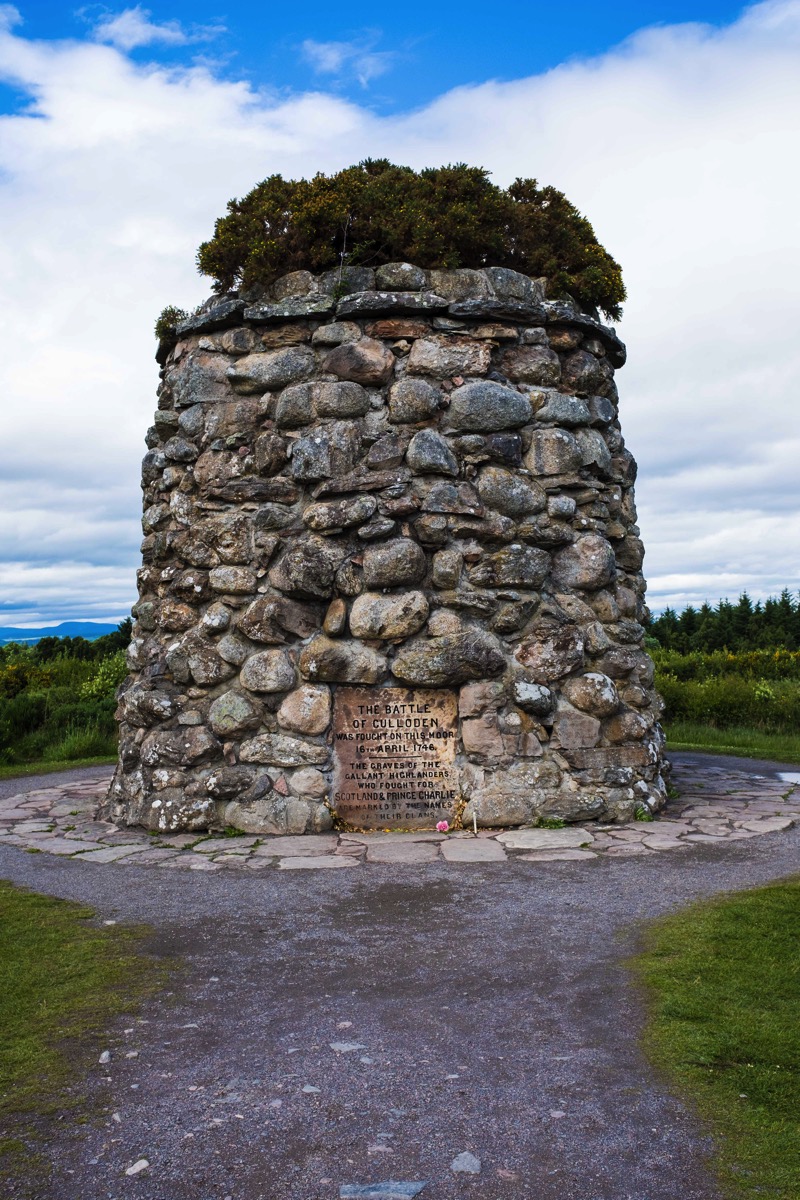

This is supposedly the only structure left from the time of the battle.
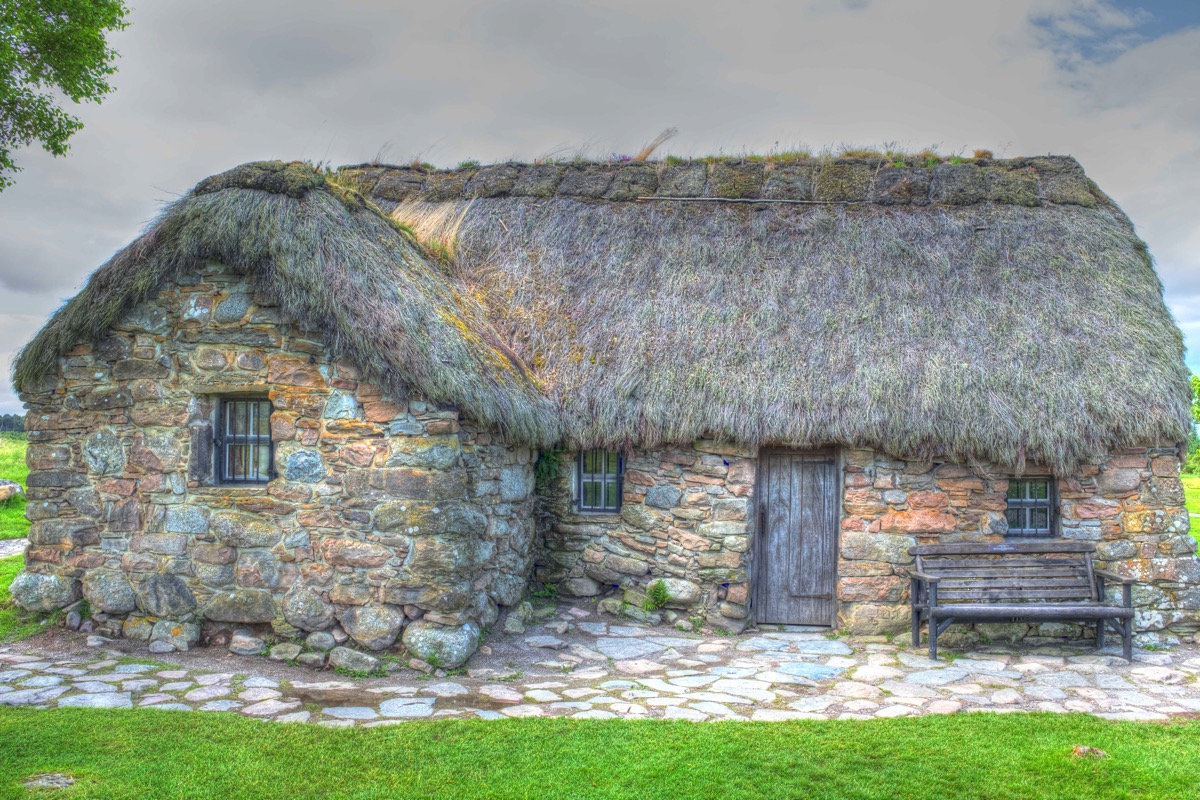
Leaving our rather sobering visit to Culloden, we travelled further back in history to the Balnuaran of Clava, a group of three Bronze Area cairns east of Inverness.
At Balnuaran of Clava itself there is a group of three Bronze Age cairns which lie close together in a line running north east to south west. The tombs at either end are of the passage grave sub-type. The central cairn is of the ring cairn sub-type, and uniquely has stone paths or causeways forming “rays” radiating out from the platform round the kerbs to three of the standing stones. The cairns incorporate cup and ring mark stones, carved before they were built into the structures. The kerb stones are graded in size and selected for colour, so that the stones are larger and redder to the south west, and smaller and whiter to the north east. All these elements seem to have been constructed as one operation and indicate a complex design rather than ad hocadditions. https://en.wikipedia.org/wiki/Clava_cairn http://www.stonepages.com/scotland/clava.html
The central cairn:
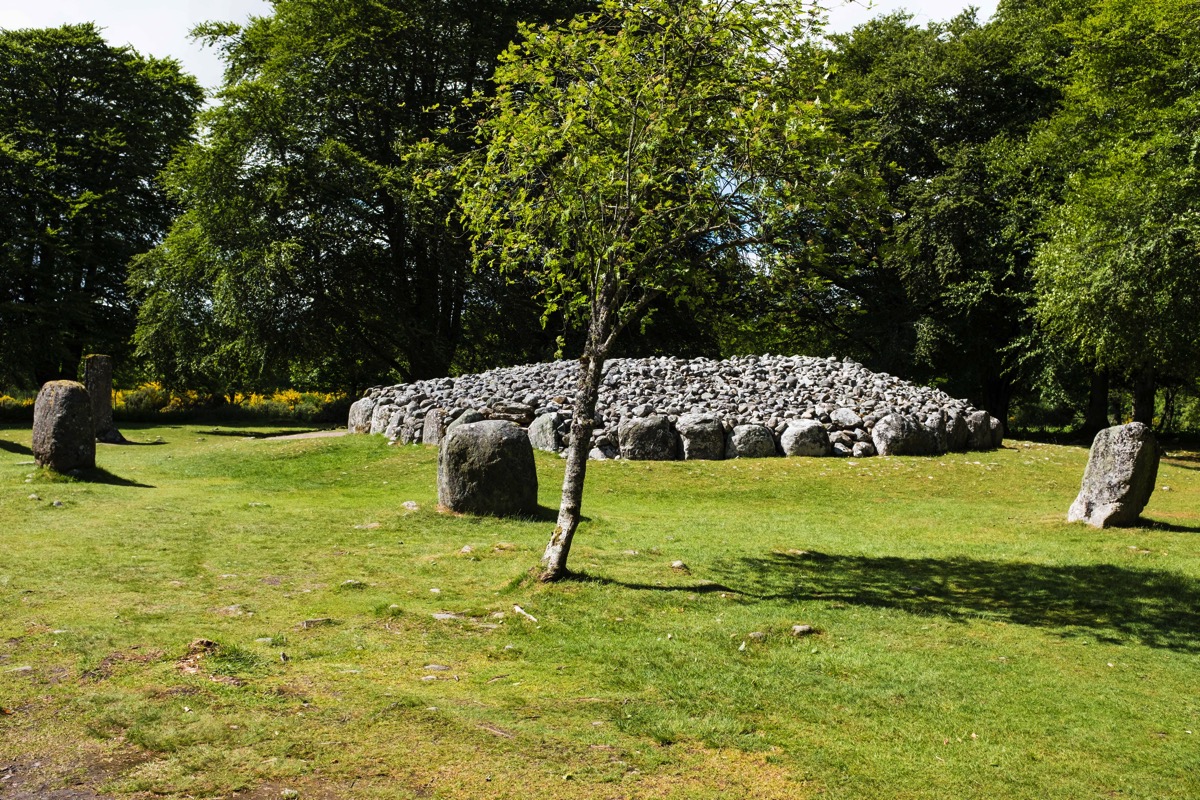
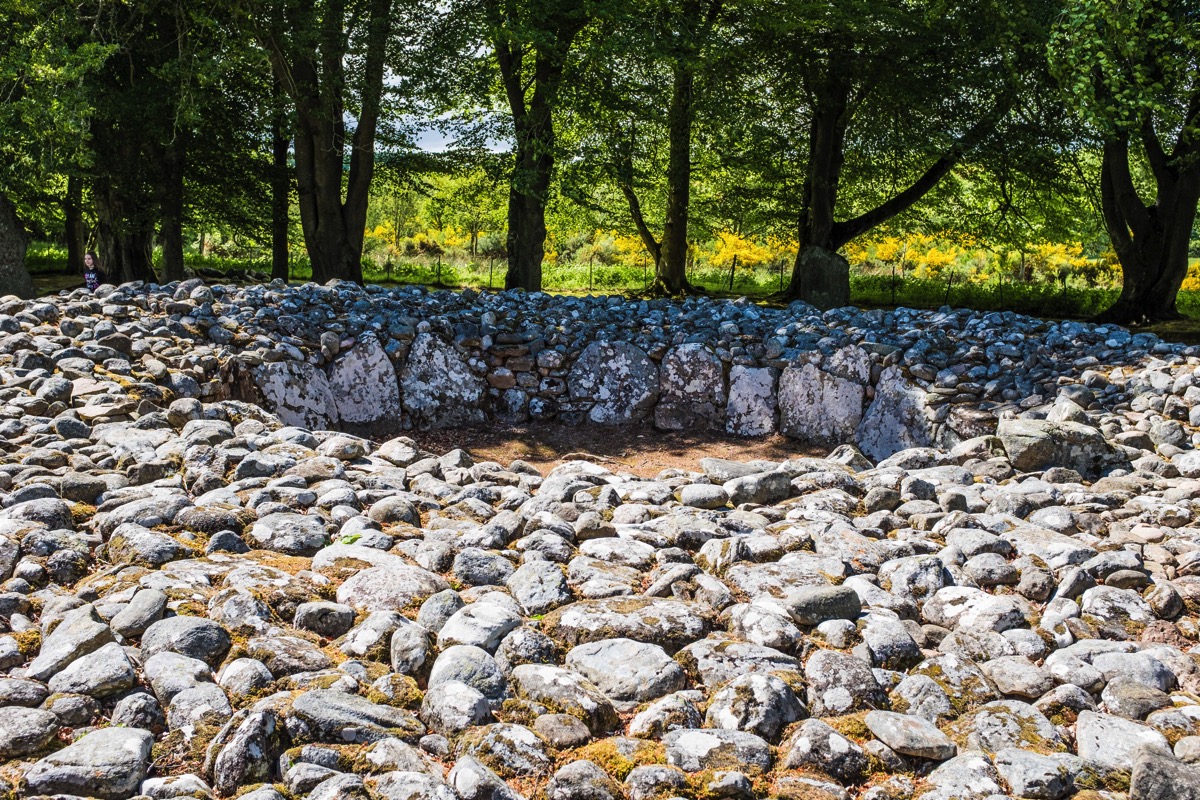
Passage cairn:
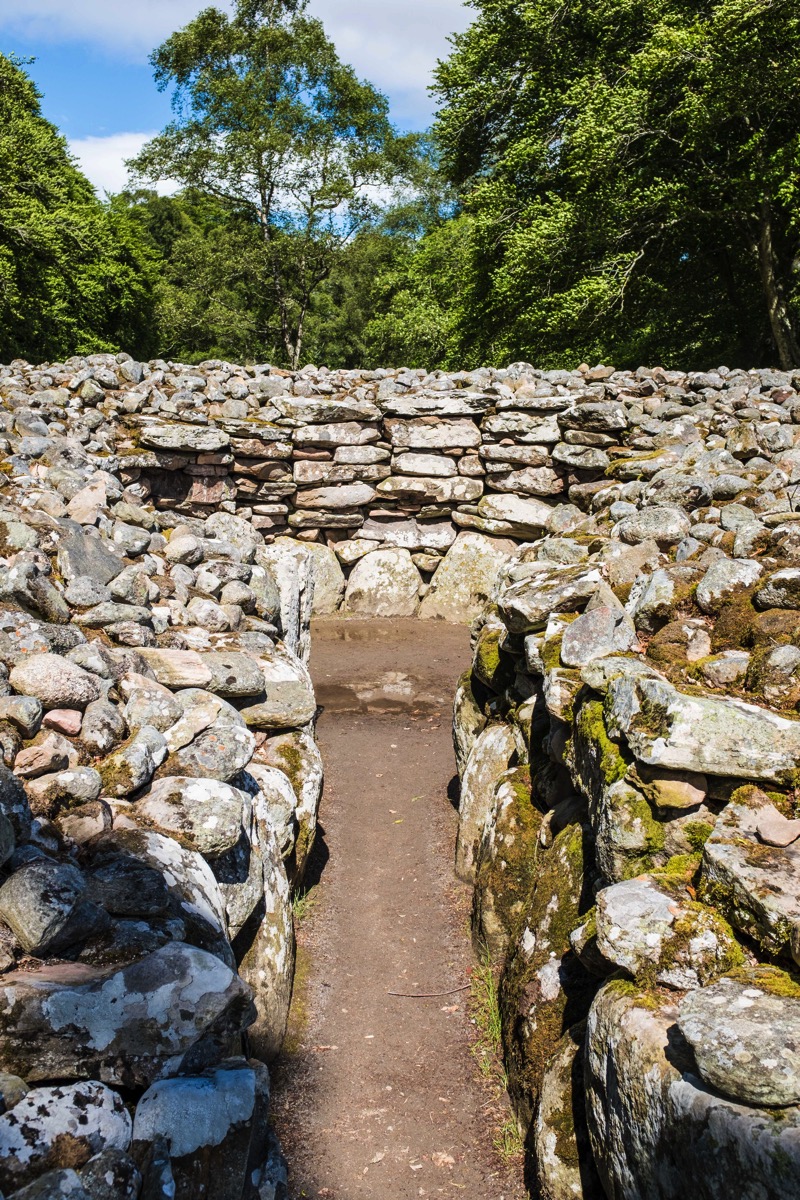
On the way from the cairns to the Cawdor Castle, we passed this lovely viaduct, started in 1890, taking five years to build. We traveled over this bridge the next day on our way from Inverness to Pitlochry.

We next visited Cawdor Castle, home of the Clan Campbell of Cawdor. https://en.wikipedia.org/wiki/Cawdor_Castle
“The name “Cawdor” is the English pronunciation and spelling of the ancient and original Highland name of CALDER. In the early 19th century, Lord John Campbell of Calder was residing in England and changed the name of the castle, town and clan overnight so that it would match the Shakespearean designation (reference: Cawdor Historical Society).” https://en.wikipedia.org/wiki/Clan_Campbell_of_Cawdor
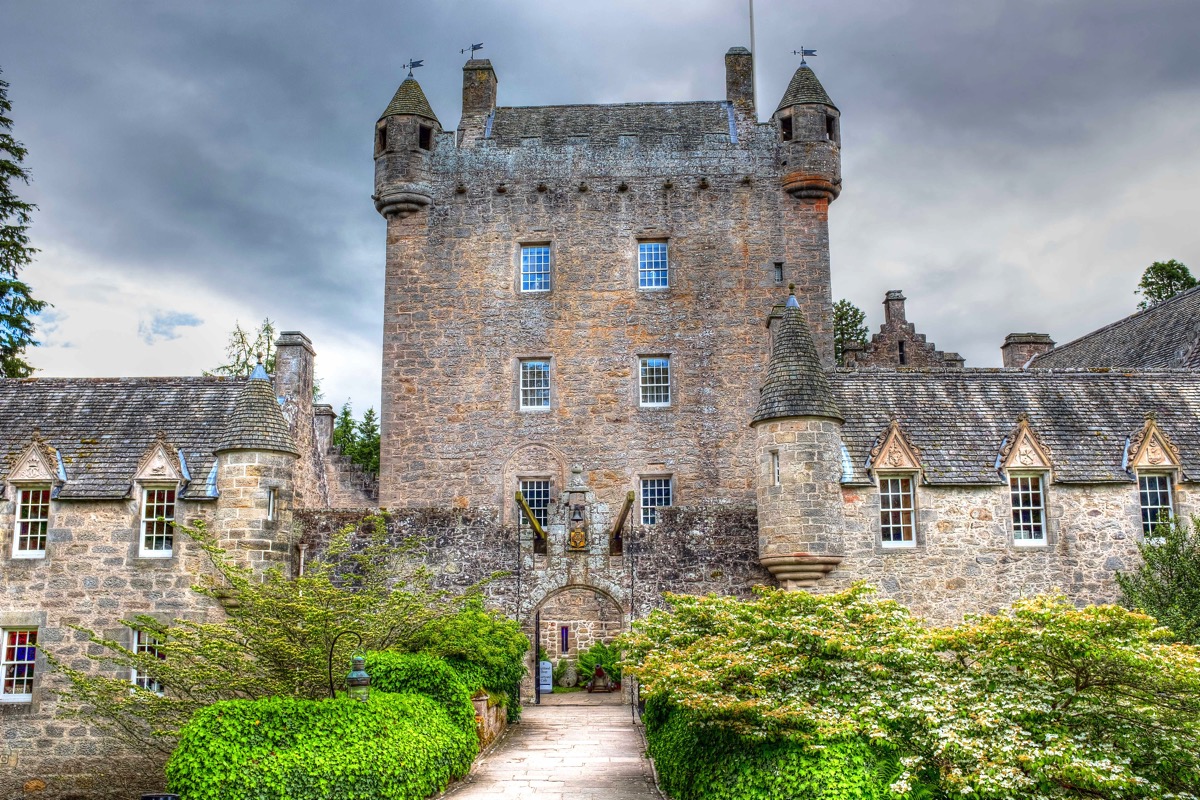
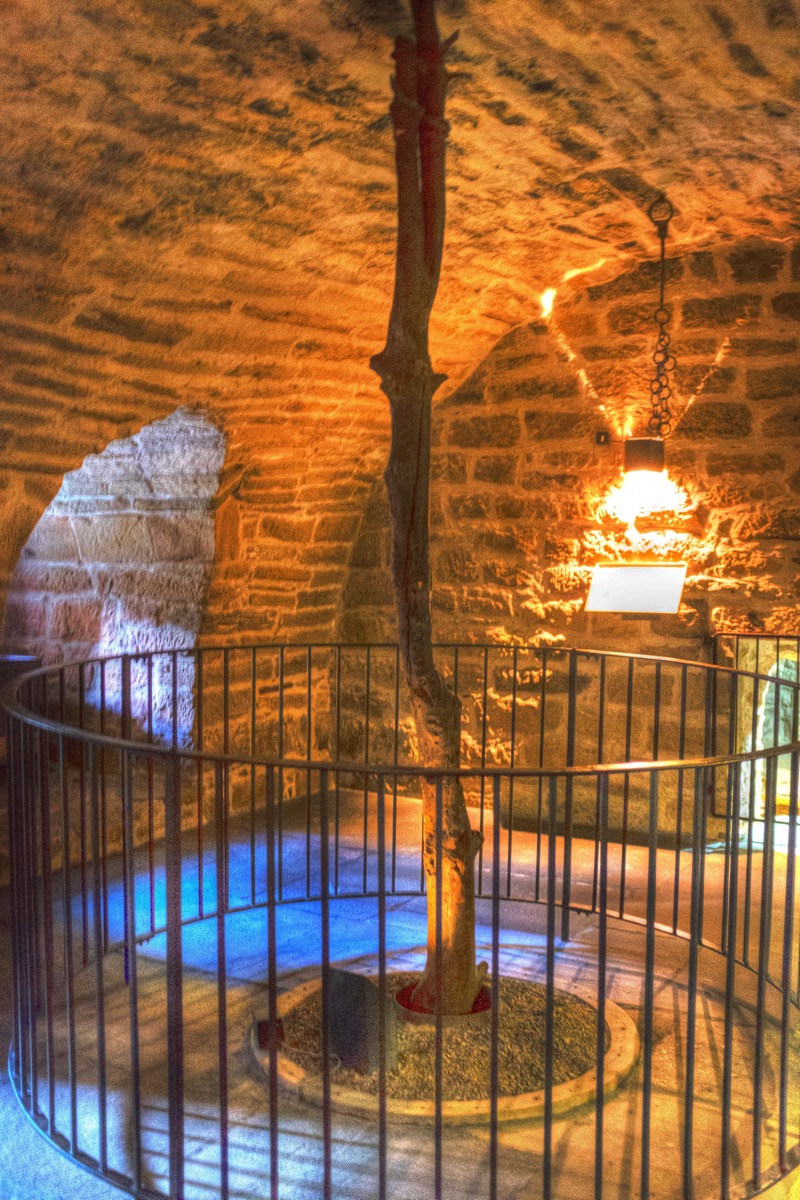
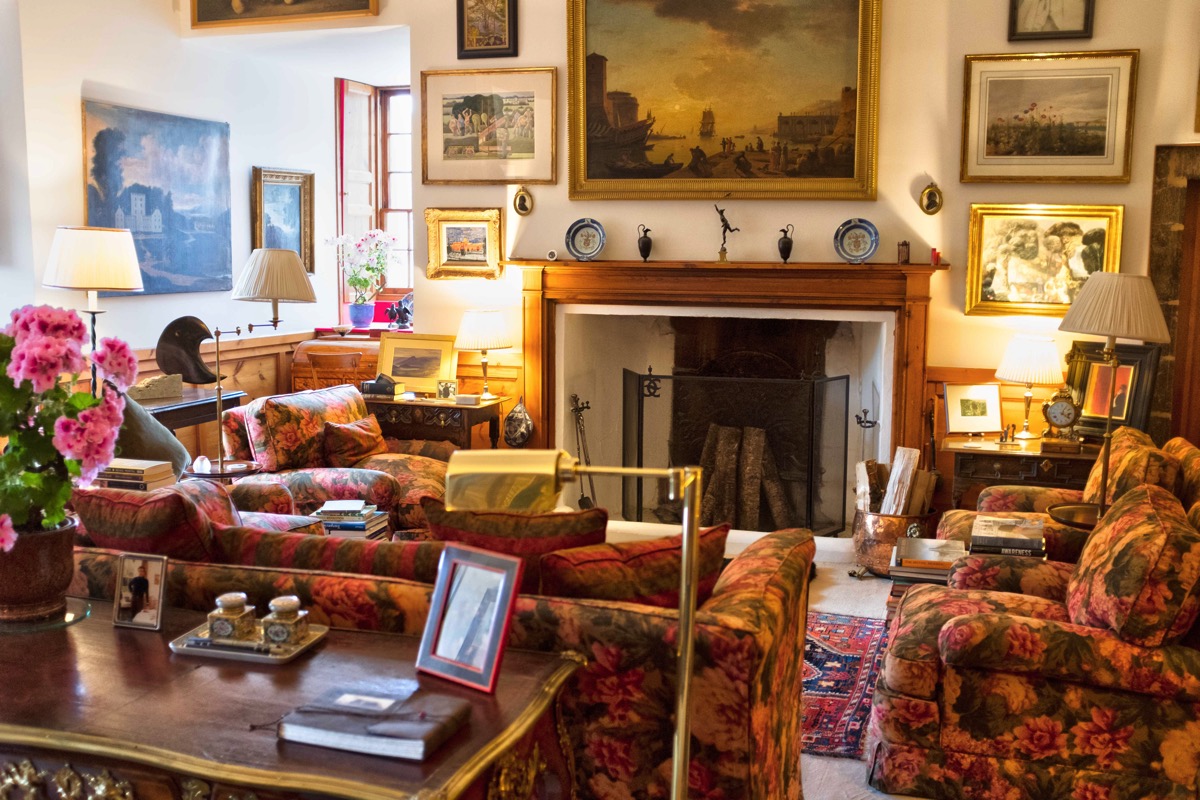
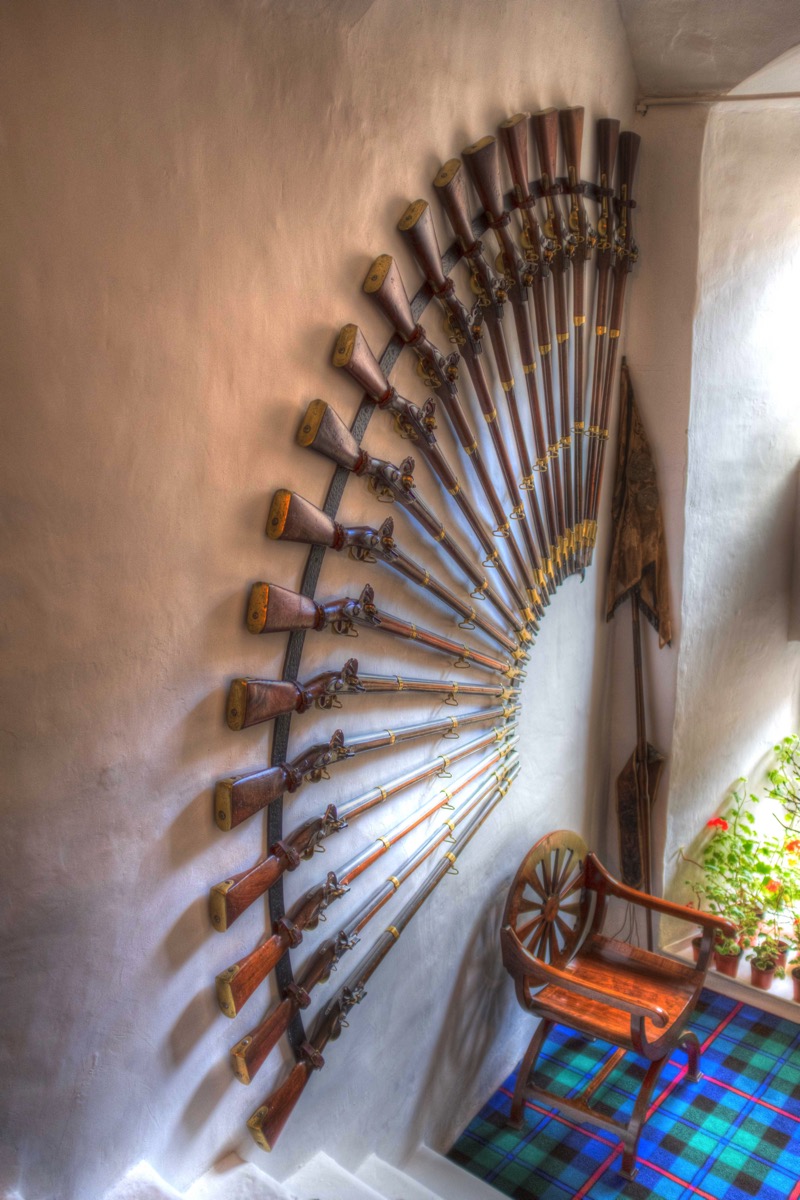
After the visit to the Cawder Castle, Donald dropped us in the center of Inverness for some walking and sightseeing. We walked along the River Ness and attended mass at St. Mary’s Catholic Church. Some views of the city and river.
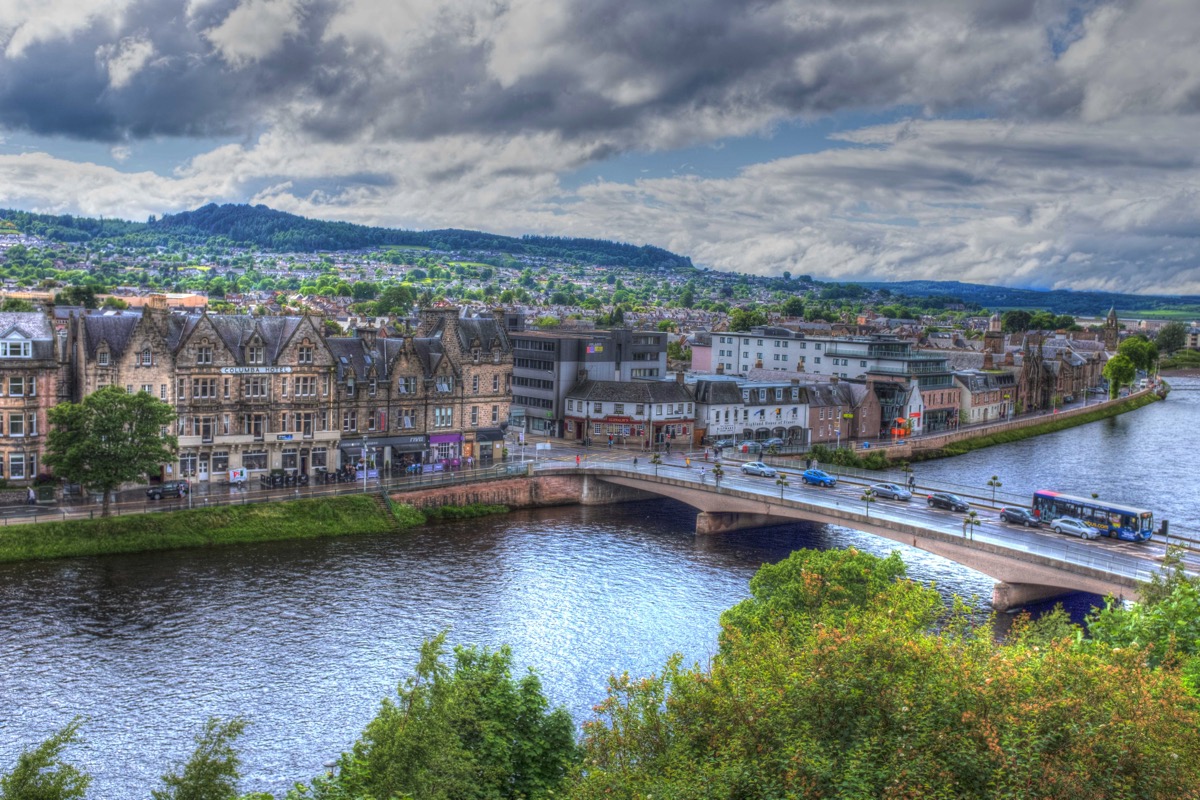
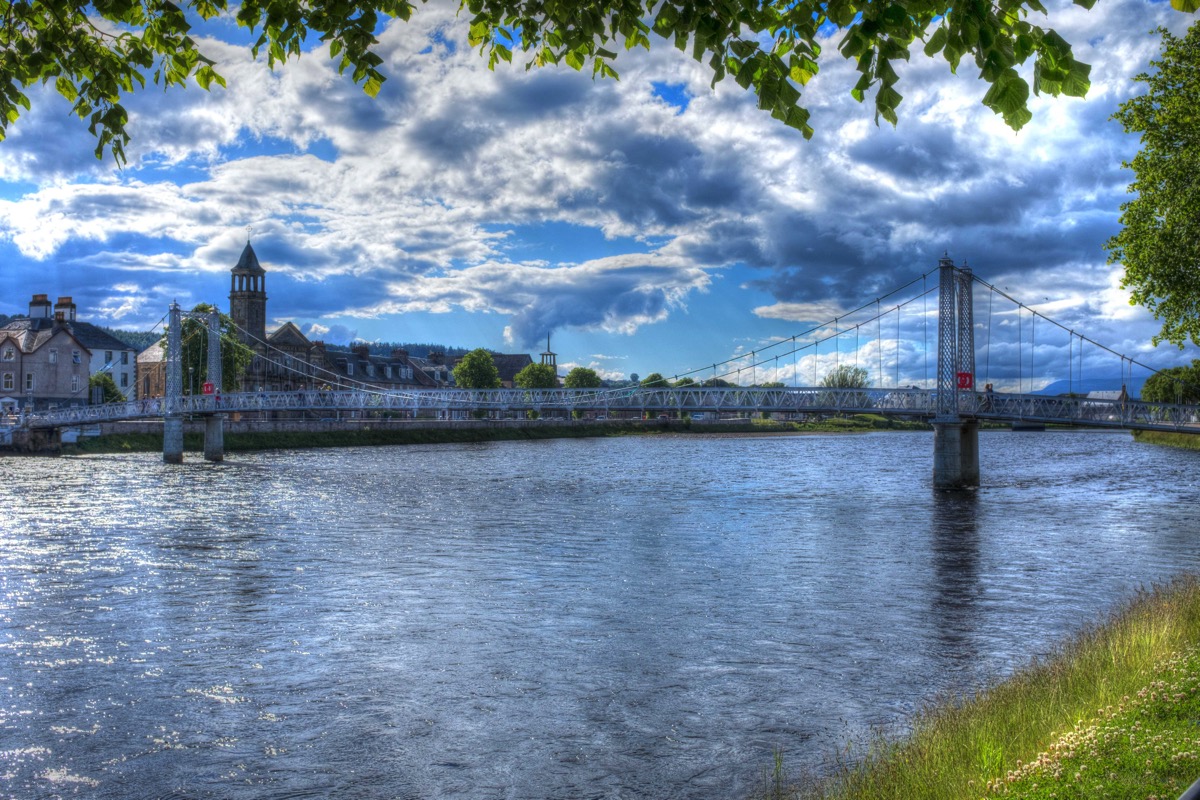
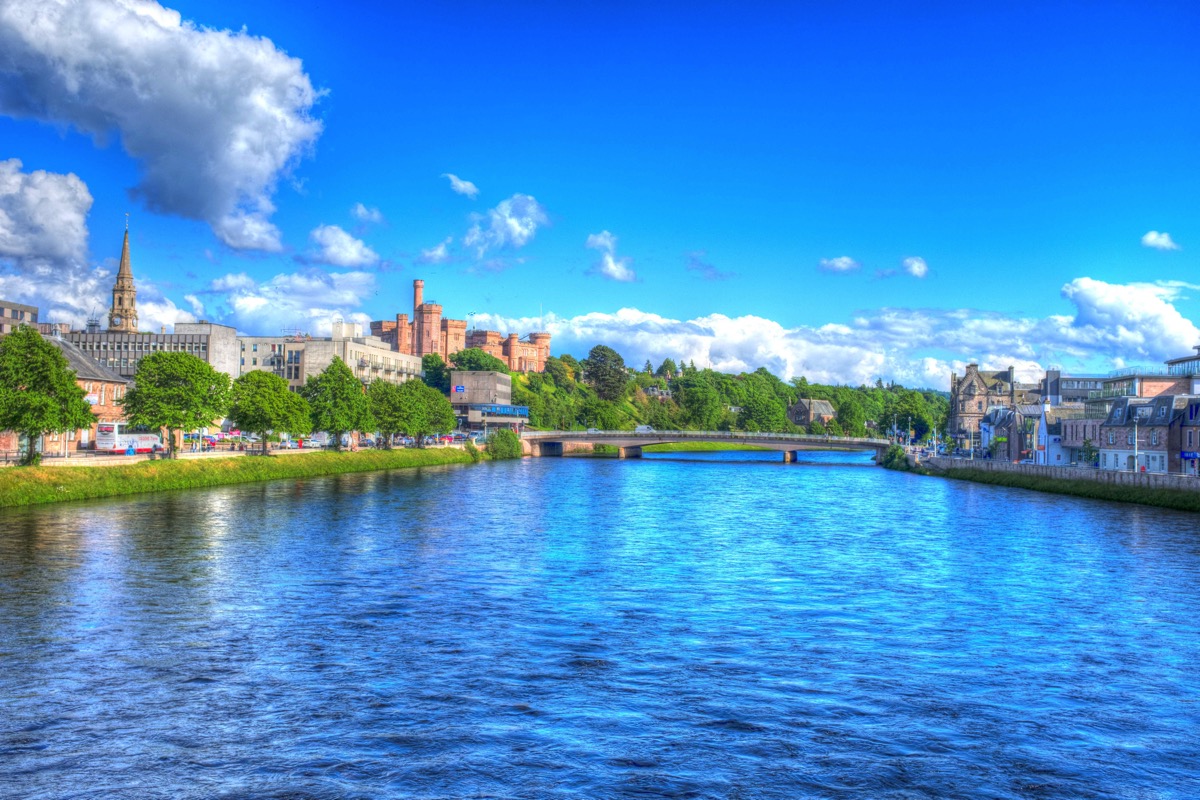
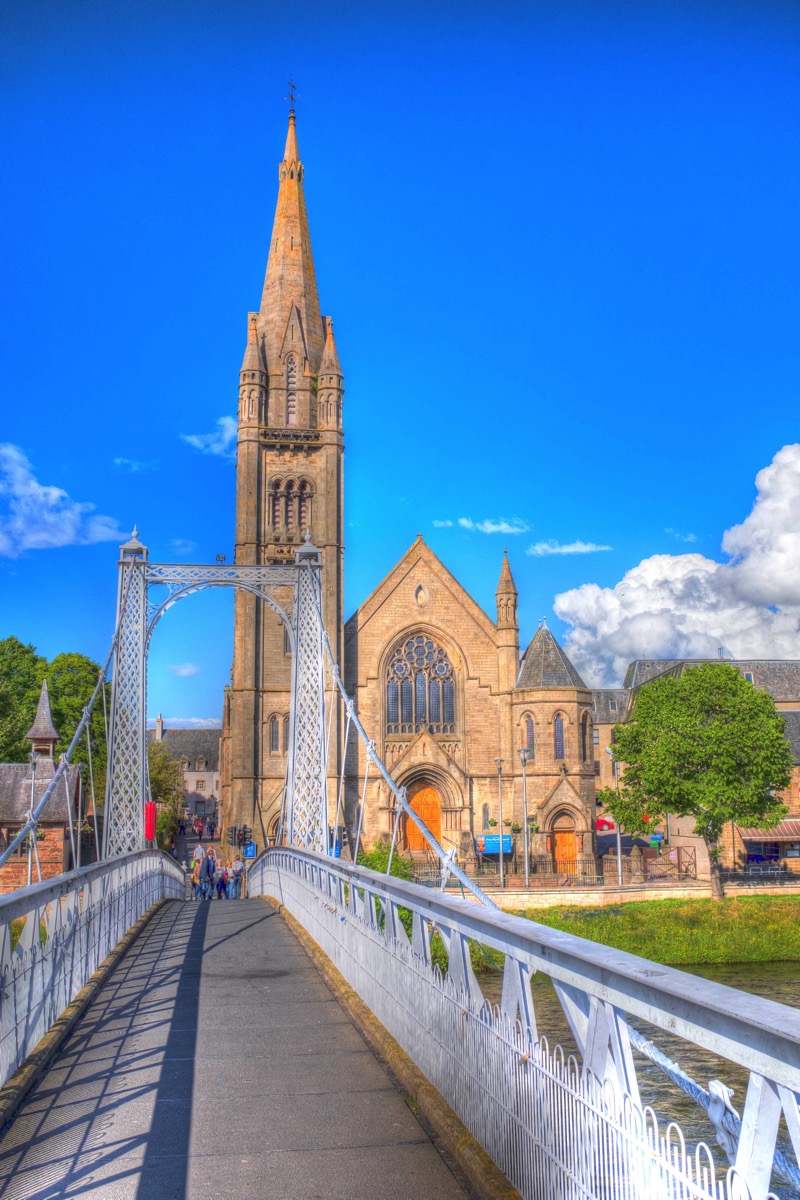
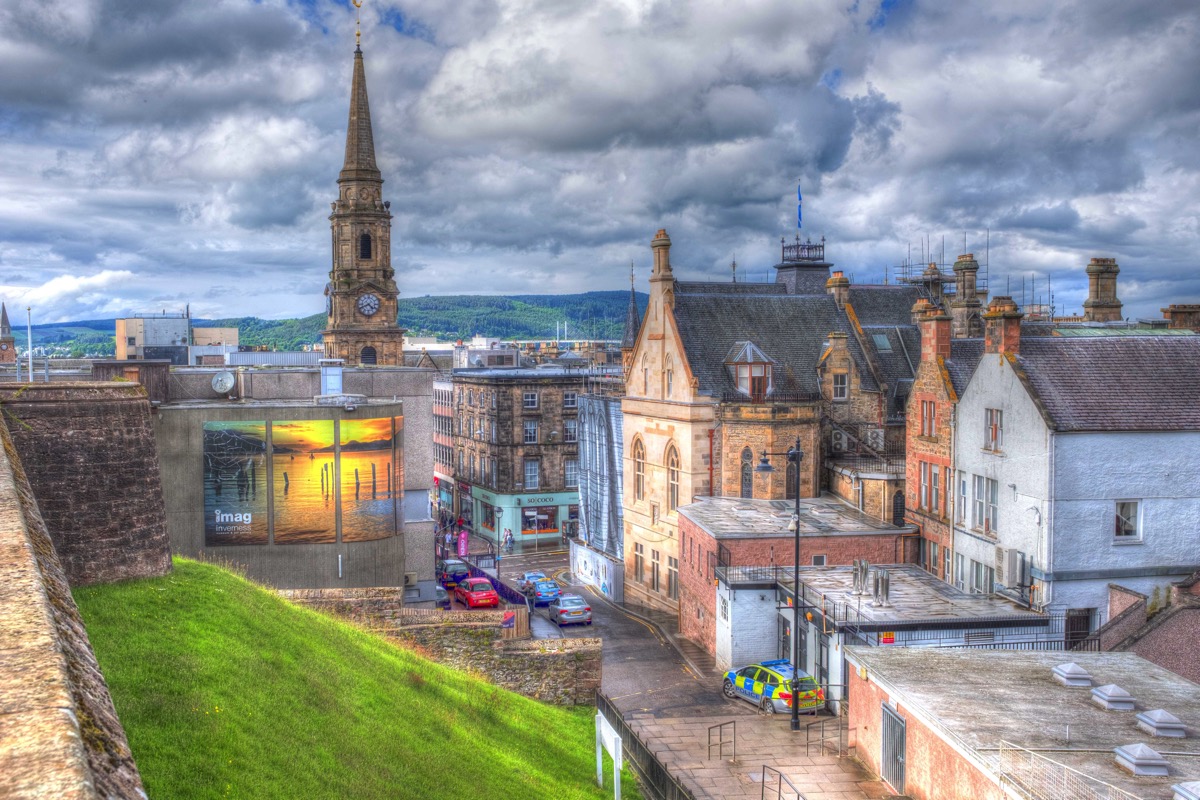
The next morning Donald took us to the train station where we departed for Pitlochry.
